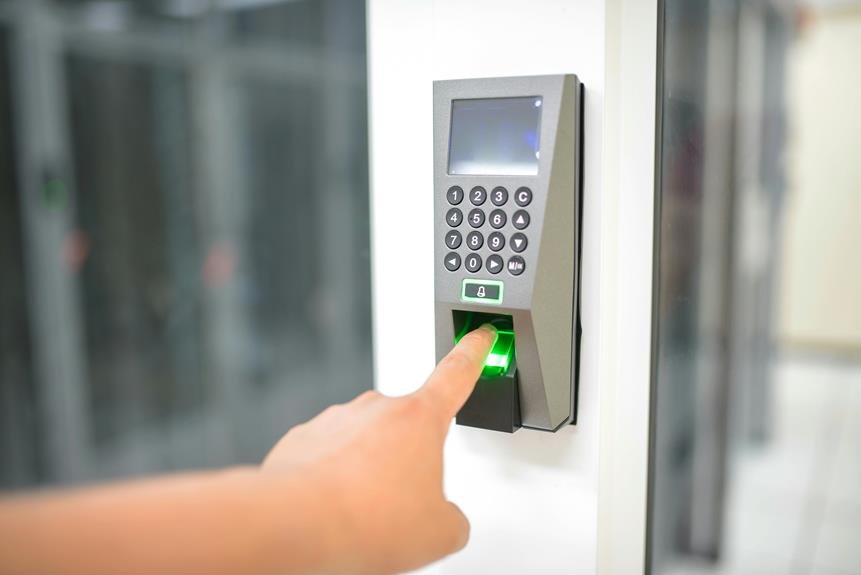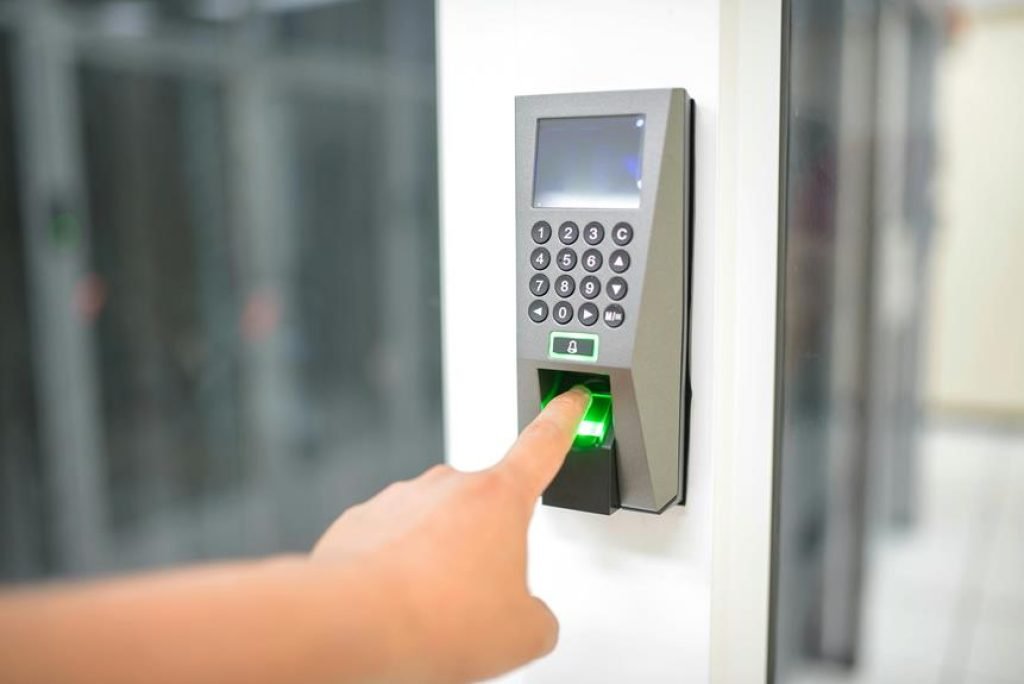

When considering APS-C versus full-frame sensors, you'll find distinct disparities in sensor size, image quality, depth of field, and low light performance. The choice between the two impacts not just the technical aspects but also the artistic possibilities of your photography. Understanding these differences can help you make informed decisions about your gear and how it aligns with your creative vision. Each sensor type brings its own strengths and limitations, influencing the way you capture and interpret the world through your lens.
Sensor Size and Crop Factor
When comparing APS-C and full-frame sensors, the sensor size and crop factor play a crucial role in understanding their differences. APS-C sensors are smaller than full-frame sensors, typically measuring around 23.6 x 15.7mm compared to the larger 36 x 24mm size of full-frame sensors. This variance in size results in a difference in the field of view between the two sensor types.
Due to the smaller size of APS-C sensors, there's a crop factor to consider when comparing them to full-frame sensors. The crop factor usually ranges from 1.5x to 1.6x for APS-C sensors, meaning that a lens used on an APS-C camera will have a narrower field of view compared to the same lens on a full-frame camera. This crop factor can affect your photography by making your lenses appear more zoomed in than they'd on a full-frame camera, which is important to consider when framing your shots.
Image Quality and Resolution
Comparing APS-C and full-frame sensors, the image quality and resolution differ significantly due to their sensor sizes. Full-frame sensors offer higher image quality and resolution compared to APS-C sensors. This is because full-frame sensors have a larger surface area, allowing them to capture more light and detail. As a result, full-frame cameras produce images with better color accuracy, dynamic range, and low-light performance.
When it comes to resolution, full-frame sensors typically have more megapixels than APS-C sensors. This means that full-frame cameras can capture finer details and produce sharper images, especially when printing large photos or cropping images. Higher resolution also provides more flexibility when it comes to editing and cropping photos without losing quality.
Depth of Field and Bokeh
With full-frame sensors offering superior image quality and resolution, the depth of field and bokeh in photographs also exhibit distinct characteristics worth exploring. The larger sensor size in full-frame cameras allows for shallower depth of field compared to APS-C sensors. This means that when shooting at the same aperture and focal length, full-frame cameras can achieve a more pronounced background blur, making the subject stand out prominently.
Bokeh, the aesthetic quality of the out-of-focus areas in an image, is also affected by sensor size. Full-frame sensors typically produce smoother and creamier bokeh due to their ability to capture more light and detail. This creates a more visually appealing separation between the subject and the background, enhancing the overall look of the photograph.
In essence, the depth of field and bokeh produced by a full-frame sensor can add a professional and artistic touch to your images, making them visually striking and captivating. It's a key aspect to consider when deciding between APS-C and full-frame cameras, especially if you prioritize creating images with a beautiful background blur and smooth bokeh.
Low Light Performance and ISO Sensitivity
Achieving optimal low light performance and maximizing ISO sensitivity are crucial considerations when evaluating the capabilities of camera sensors. Full-frame sensors generally outperform APS-C sensors in low light situations due to their larger size. With more surface area to capture light, full-frame sensors produce less noise and better image quality at higher ISO levels. This means that full-frame cameras can handle low light environments, such as indoor settings or night photography, with greater ease compared to APS-C cameras.
ISO sensitivity is a key factor in determining a sensor's ability to perform well in low light. Full-frame sensors typically have larger photosites, which allows them to gather more light and achieve higher ISO settings without significant noise. This results in sharper, cleaner images in challenging lighting conditions. On the other hand, APS-C sensors may struggle more with noise at higher ISO levels, leading to reduced image quality in low light situations.
When considering low light performance and ISO sensitivity, full-frame sensors have a distinct advantage over APS-C sensors, making them the preferred choice for photographers who frequently shoot in dimly lit environments.




